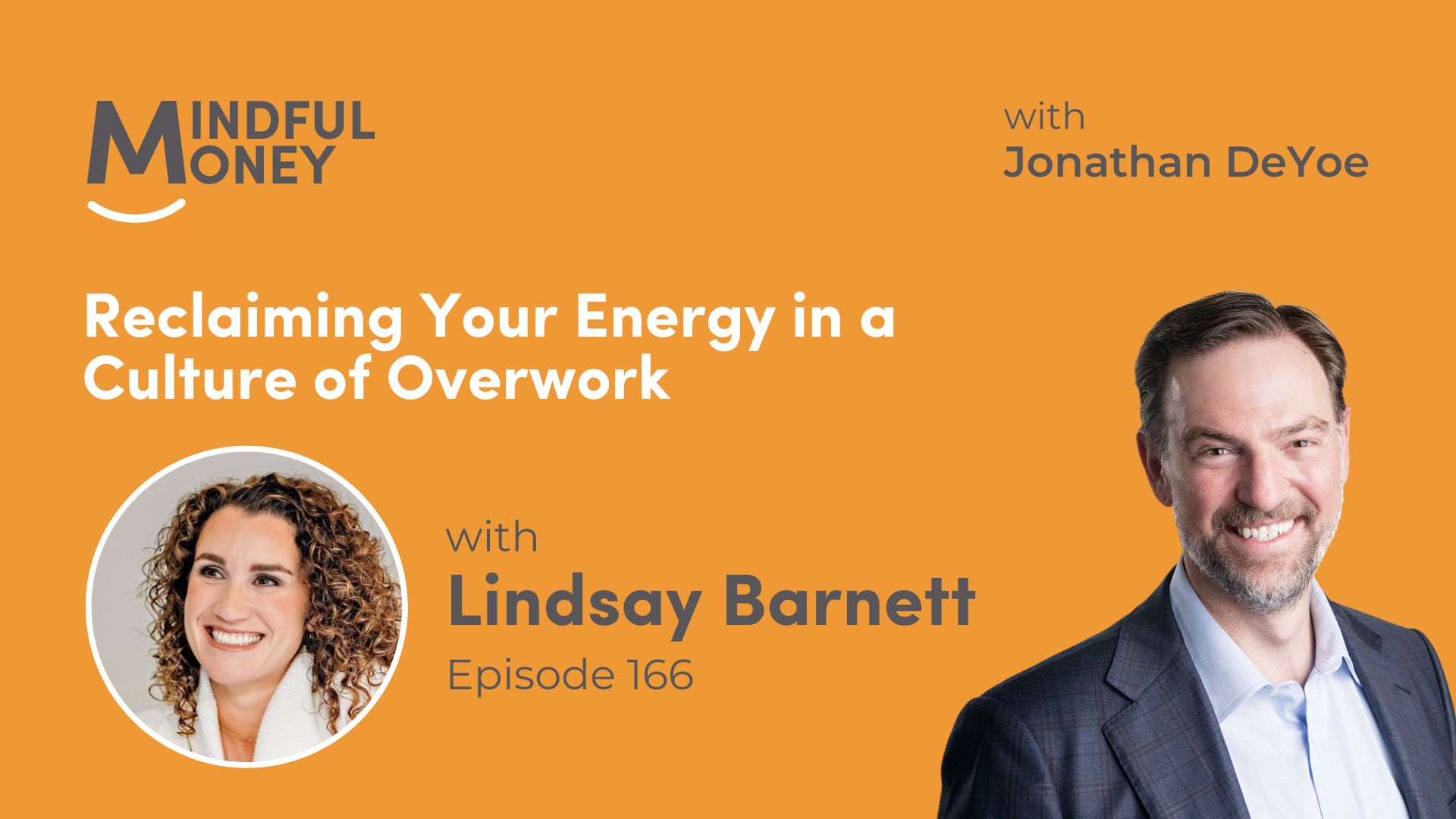Every successful retirement income plan requires a solution for 2 unknowns:
- Longevity – how long will we need income, and
- Inflation – how much will prices rise.
The fundamental problem of retirement income is building an income that rises to meet your rising cost of living and lasts the rest of your life.
Longevity risk is the risk that you will live longer than anticipated, which means you will need an income for longer than you had planned. A 65-year old couple faces a 50% probability that one of the two of them will need income at 90, and a 22% probability that one will be alive at 95. Most 65-year old couples do not grasp that this is their reality.
Recognizing that “average” life-expectancies include a lot of folks who tend to die young – smokers, alcoholics and meth heads, coal miners and air-traffic controllers, free climbers, BASE jumpers, and men and women in the military. People who have white-collar office jobs and enjoy the sorts of lifestyles that we enjoy tend to live longer because we are generally healthier (better food choices, more exercise, better sleep), drive safer cars, get better medical care, smoke and drink less, and we don’t play sports that can kill us.
If you are not a coal miner, free climber, or a smoker, you are likely to live longer than the averages indicate.
Inflation risk is the risk that the individual units of currency we possess will buy an ever-decreasing amount of the goods and services we need in retirement.
The very first year after you retire, it is likely that the very same basket of goods that you consume will require an additional 2% or 3% (or even more) units of currency to pay for it. This increase compounds when you look out over 5 or 10 years. It gets scary to consider inflation over an increasingly normal 30-year retirement. At average inflation rates of 3%, it will take $12,500 to buy the same basket of goods in your 30th year that $5,000 would buy in your first. That is 2 ½ times as much income required to buy the same stuff.
This is why we have research into things like “safe withdrawal rates.” If we assume a life-time average return of 7% and we limit our total distributions for spending to 4%, then, in an average year, our portfolio will increase by 3% (after the distributions) and support an increased distribution the following year.
If inflation remains less than or equal to 3%, we can repeat this process to infinity. Our portfolios will get bigger and bigger and spin off more and more income, as long as those averages remain true.
Today, with inflation at 8.6%, we are being reminded that the “averages” hold within them a lot of variation. It is impossible to know where today’s 8.6% inflation will lead. If it hangs on for too long, it will begin hurting everyone’s retirement income plan.
“Money”
vs. “Wealth”
Our definitions of “money”
and “wealth” hinge on successfully solving the retirement income problem.
Money refers to assets that we are spending down. The vast majority of people do not have enough assets to enable both their spending to rise, as their cost of living rises, and their portfolio values to increase at least as much as inflation. Whether it is a constant draw every month or it is only the occasional draw in a bad market year, these folks are slowly spending their principle.
The first time we dip into principle, we reduce our ability to meet the rising income need the following year. After as few as 3 years dipping into principle for normal living expenses while the price tag on those expenses increases, potential retirement lifestyle can be permanently reduced. This is “money” and money runs out.
Wealth is money that will outlast us. It’s money we leave to our heirs and our favorite community organizations. If you have enough assets to enable your spending to rise to match the rising costs of the things you buy, while your income-producing assets increase in value at least at the rate of inflation, you have wealth.
Wealth is rare, enviable, and usually fleeting because we underestimate our longevity and we forget about inflation, which is constantly compounding even when it is low.
Inflation Breaks Retirement Income Plans; High Inflation Turns Wealth into Money
If you built a retirement income plan based on a 3% inflation rate and the 8% inflation rate is here, even for only 1-2 years, your income can fall behind the costs and the negative spiral of dipping into principle might begin.
This is why high-inflation environments are so bad for retirement income and why maintaining steady low inflation is so important to the FED. If your long-term average returns will be 7%, which is a reasonable long-term expectation of an equity heavy portfolio, but inflation is 8%, then there is no such thing as wealth that will outlive us. Every year – whether there is spending or not – the portfolio incomes lose ground to rising costs. If there is spending at all, then you dip into principle.
In a high-inflation environment, even those who have a LOT of money are spending principle. They cannot have both income from their assets and a return that keeps up with inflation. They can either stop spending portfolio distributions all together and wait it out – OR – they can dip into principle and end the year with less money amidst increasing needs for withdrawals as prices continue to rise – inevitably running out in time.
The longer you live, the higher the probability that you will run into a period of higher inflation (like today). When you do run into higher inflation, you have to choose – dip into principle to maintain my lifestyle, or cap my additional spending at some amount less than inflation. The latter, by definition, means reduced lifestyle.
If you are at the tail end (you are already 80, for example), then this won’t matter as much to you. But if you are just now retiring at 65, then inflation is a much more important issue because you have decades of compounding inflation ahead of you.
The two risks of longevity and inflation are important individual risks. But more importantly, they multiply. The more time you have in front of you, the bigger deal today’s inflation will be.
If you are recently retired, you may want to consider running 3 long-term retirement income stress tests on your plan:
- Today’s 8.6% inflation lasts 2-3 years.
- Multiple periods of higher inflation 6% or 8% in the next 30 years.
- Future average inflation is higher 3.5% or much higher 5%.
If you don’t already have a retirement income plan or want help running these stress tests, ask a fiduciary planning-first advisor.
If you don’t know where to look, reach out via our Contact Us page and I will introduce you to someone who can help.





